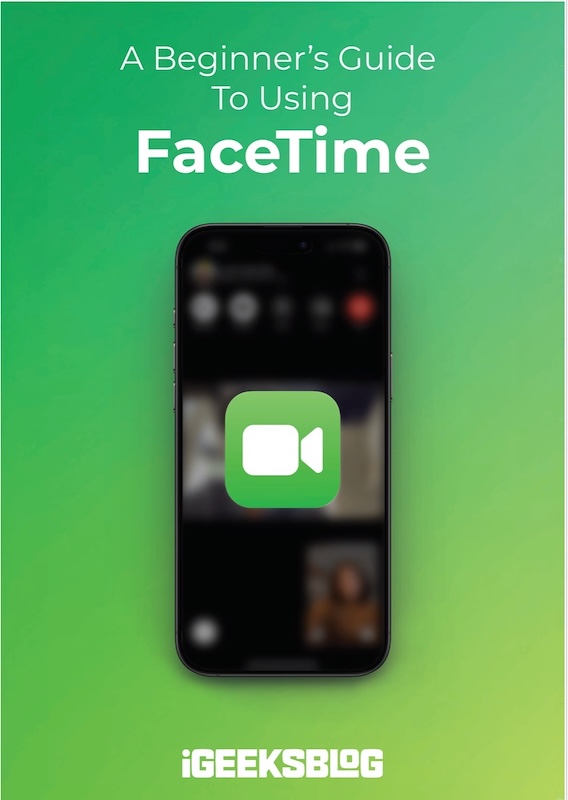
FaceTime Like a Pro
Get our exclusive Ultimate FaceTime Guide 📚 — absolutely FREE when you sign up for our newsletter below.

FaceTime Like a Pro
Get our exclusive Ultimate FaceTime Guide 📚 — absolutely FREE when you sign up for our newsletter below.
Discover OpenAI's Sora, the new iPhone app that turns your ideas into AI-generated videos in seconds. Explore cinematic, anime, and surreal styles today!
OpenAI has officially launched Sora, its new iPhone app designed for creating and sharing AI-generated videos. Following the massive success of ChatGPT on mobile, this marks the company’s second iOS app, but this time with a focus on video instead of text. The release also comes alongside the unveiling of Sora 2, an upgraded text-to-video model that directly competes with Google’s Veo-3.
Sora turns your imagination into videos in seconds. Users can type a sentence, upload an image, or remix someone else’s work to generate cinematic clips complete with sound. Styles range from anime shorts to photorealistic scenes, and the app also supports playful twists like casting yourself or friends directly into the action. With its Remix feature, you can take existing creations and extend, reshape, or restyle them, while community tools make it easy to browse and share content with others.
According to OpenAI’s App Store notes, the main highlights include:
Under the hood, the new Sora 2 model powers the app with major improvements. Unlike older video AI systems, it follows real-world physics more reliably. For example, a basketball shot that misses now bounces off the backboard instead of glitching into the hoop. It can also handle multi-shot instructions, maintain consistent scenes, and produce more natural background sounds and speech. This level of realism makes it possible to create videos that feel closer to professional productions, whether cinematic, anime-inspired, or something entirely surreal.
OpenAI also touts controllability: users can now give detailed instructions across multiple shots while keeping continuity intact. Combined with soundscapes and effects, Sora 2 puts it in direct competition with Google’s Veo-3, which launched earlier this year and quickly gained traction.
The app has an Instagram-like feed where users can explore and remix videos, with a recommendation algorithm that can be steered using natural language. Unlike traditional feeds designed to maximize scrolling, OpenAI says Sora’s recommendations prioritize content from people you follow and videos that might inspire your own creations.
One of the standout features is Cameos. After completing a one-time video and audio setup, users can insert realistic versions of themselves into AI-generated clips. Videos currently max out at 10 seconds, but the format is built for quick, shareable creativity, much like TikTok or Instagram Reels.
The launch isn’t without controversy. OpenAI has confirmed that copyrighted material can appear in the app unless rights holders opt out. Disney has already done so, and other Hollywood studios are in talks. This policy has drawn criticism, echoing earlier debates over whether training AI on copyrighted works should fall under “fair use.”
To prevent misuse, OpenAI has added guardrails. Users can’t generate videos of public figures unless those individuals opt in, and a liveness check ensures that anyone uploading their likeness is real by asking them to move and recite numbers. Drafts are shown before any likeness-based video is finalized, giving users more control.
With Sora, OpenAI isn’t just offering another creative tool, it’s stepping into social media territory, competing with TikTok, Instagram, and YouTube for people’s time and attention. If it catches on like ChatGPT did, we could see AI-generated videos become a mainstream form of online expression, sparking new trends, collaborations, and likely plenty of debates along the way.